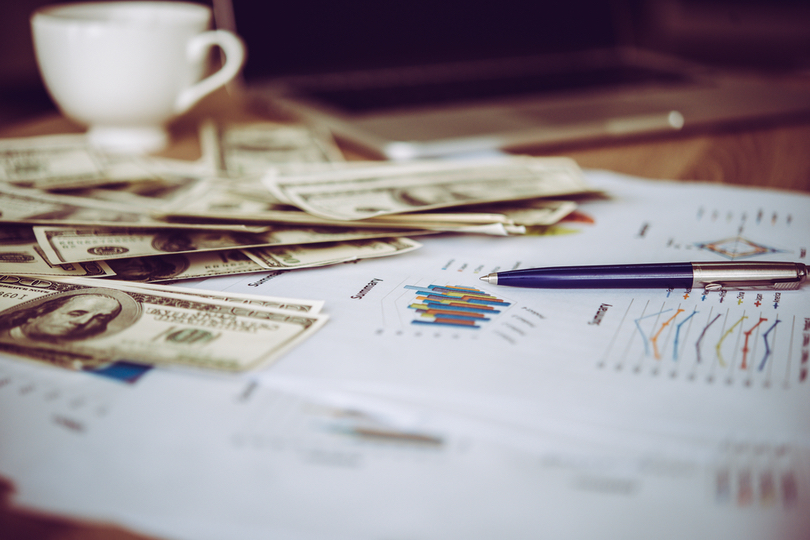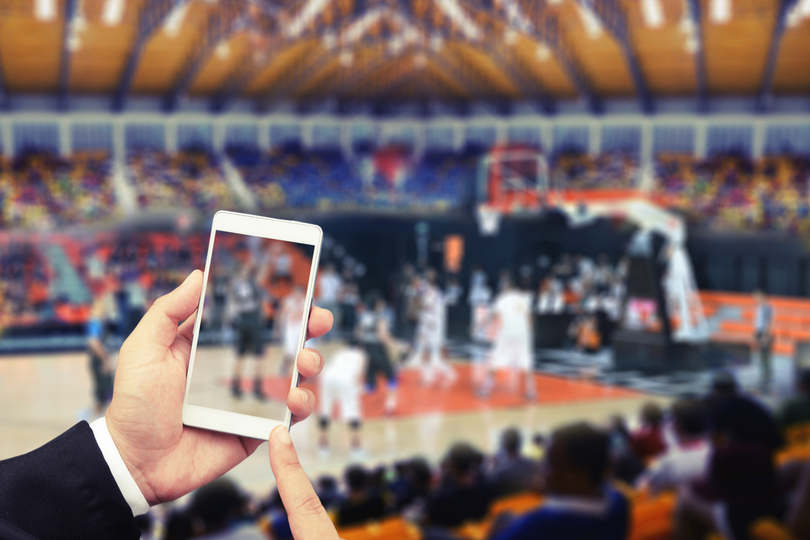
UI and UX Design Face Off
Take a deeper look at what User Interface Design (UI) and User Experience (UX) mean. Often times the two terms are jumbled into one meaning, but really they are on two different ends of a field. What comes first?
We’ve all heard the terms being tossed around in the tech world. It’s not a secret language only used by designers. Believe it or not, we experience these two things in our everyday lives. And we aren’t just talking about apps here. UX and UI design can be related to pretty much every aspect of your day.
Take eating a grapefruit for example; the look and feel of the fruit look deliciously juicy but once you begin eating the grapefruit you soon realize how messy and difficult the user experience is.
Have you been to a public restroom lately? Have you ever noticed something was missing or out of place? We aren’t talking about toilet paper, that’s just cruel. But maybe a soap dispenser is installed upside down, the faucet wasn’t placed completely over the sink bowl, or the trash container in your stall is out of reach. There’s been plenty of instances where the design and overall experience has failed its users.
UI and UX are not the same, they don’t blend together. UI is more like the overall look of the platform. UX is quite simply put the experience. The mindset of a UI designer is more so like an artist, and the other (UX) is like an engineer — they solve a problem with the least amount of steps.
Take a really handsome guy — he’s got a-rockin’ bod and a mesmerizing face but he’s mean to the core. He may look good on the cover of a magazine, but that doesn’t mean every girl would want a relationship with that person. The design was laid out perfectly, but a few steps were skipped when creating the experience. People wouldn’t want a great looking app that is a pain in the ass to use, right?
Now, what comes first?
We believe that UX should come first because technically the definition is that you can’t really call it UX until people start using it. We are designing an experience and not just the interface. Once you build the experience then you design the interface.
As Rahul Varshney, Co-creator of Foster.fm puts it:
“User Experience and User Interface are some of the most confused and misused terms in our field. A UI without UX is like a painter slapping paint onto a canvas without thought; while UX without UI is like the frame of a sculpture with no paper mache on it. A great product experience starts with UX followed by UI. Both are essential to the product’s success.”
User experience designers normally make more money than interface, and that can be related to the value of a UX designer. UI is cheaper and faster to put together and UX is normally expensive and takes longer. UI’s longterm potential is unknown and it’s hard to determine that if you start here — who knows why people will use it. Whereas, UX’s potential can be controlled. There is also the issue of getting your product to market. Normally if you use UI it takes longer to market, and with UX it is faster making it cheaper in the long run.
All in all, one can’t function properly without the other. In order for us to design and develop the ideal app for our clients, we ask what the problem is, and we create something that will solve that problem. We then create an experience and design something that looks and feels the way it should With that comes a well-rounded app for users.




No Comments